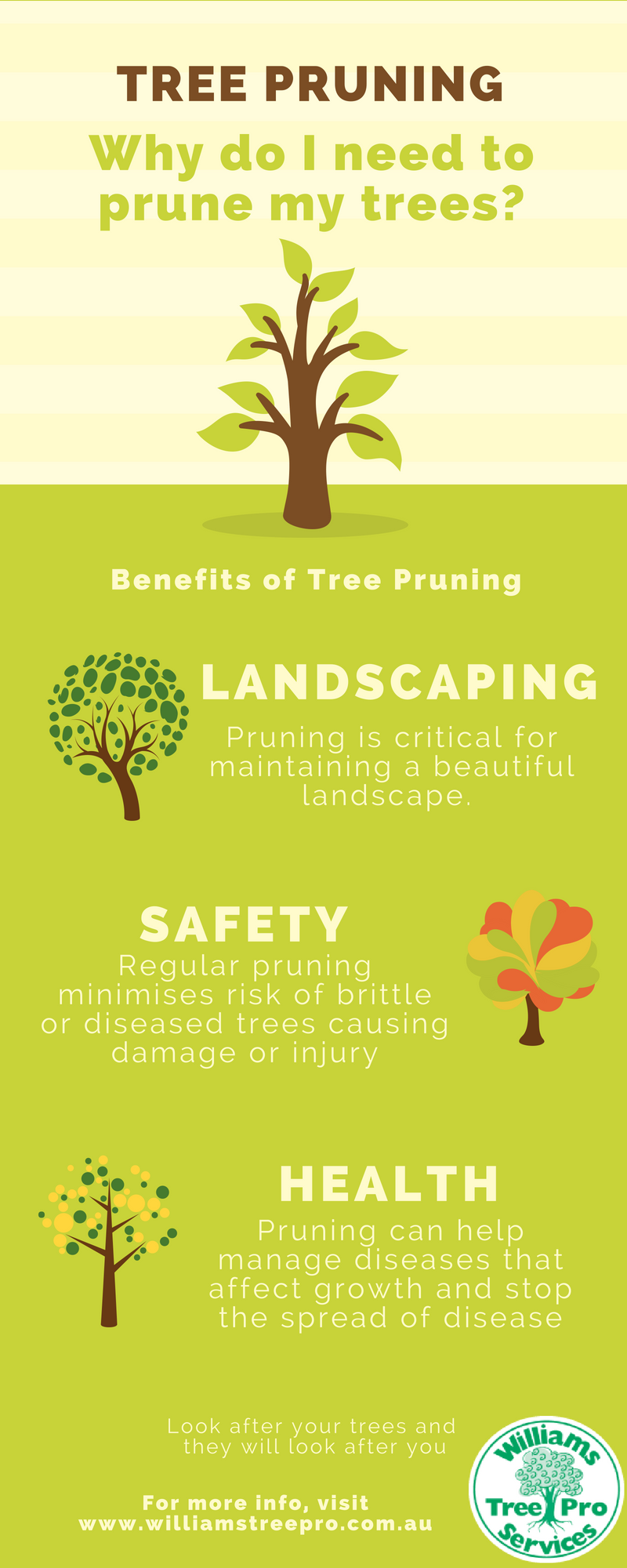Seasonal Tree Maintenance: Standards For Handling Trees Before And After They Are Gotten Rid Of
Seasonal Tree Maintenance: Standards For Handling Trees Before And After They Are Gotten Rid Of
Blog Article
Content Author-
When it comes to seasonal tree care, making sure appropriate management prior to and after elimination can substantially impact the wellness and aesthetic appeals of your landscape. By understanding the necessary actions associated with examining tree health and wellness and planning for elimination, you can proactively secure your residential or commercial property. However what regarding see post to comply with once the tree is gone? Keep tuned to find the vital post-removal care steps that will certainly assist you grow a thriving and lasting environment for your trees.
Pre-Removal Tree Care
Before dealing with the elimination of a tree, it's essential to prioritize pre-removal tree treatment. Beginning by evaluating the tree's wellness and architectural integrity. Seek indications of condition, pest infestations, or any type of structural issues that might pose a security danger throughout removal. It's vital to speak with a certified arborist to establish the very best strategy.
Pruning dead or unhealthy branches can prevent additional damage to the tree and make sure a smoother removal process.
Furthermore, consider the environmental influence of getting rid of the tree. Trees play an important duty in our community, so planting a brand-new tree in a suitable location can assist counter any loss. Guarantee that you have the needed licenses and approvals for tree removal, specifically if the tree is secured by local guidelines.
Seasonal Upkeep Tips
Examining your tree's demands throughout the year is vital for its health and wellness and durability. To maintain your trees in top condition, adhere to these seasonal maintenance suggestions.
In springtime, focus on pruning to get rid of dead or broken branches and encourage brand-new growth.
Summer season calls for normal watering, particularly throughout droughts, to ensure your tree remains hydrated.
As loss techniques, watch out for very early indications of disease or stress and anxiety, and consider applying compost to safeguard the origins during winter.
In winter season, be cautious when removing snow from branches to avoid damage, and remain to check your tree's general wellness.
Remember to readjust your treatment regular based on the particular demands of your tree varieties and neighborhood environment. By remaining alert and positive throughout the seasons, you can help your trees thrive and flourish for several years to find.
Post-Removal Tree Treatment
To ensure the wellness of your landscape also after tree removal, correct post-removal treatment is necessary. After a tree is removed, it's important to load the remaining opening with topsoil and compact it to stop settling. This will certainly help maintain the honesty of the ground and avoid prospective hazards in the future.
Take into consideration planting new greenery instead of the removed tree to recover the equilibrium and appearances of your landscape. Regularly water the area to advertise the growth of brand-new plants and avoid soil disintegration.
Evaluate the surrounding trees for any kind of indicators of illness or anxiety that may have been triggered by the eliminated tree. Keep an eye out for pests that might've been attracted to the previous tree and take safety nets to secure the remaining plant life.
If required, talk to just click the following document to analyze the influence of the removal on the bordering trees and establish any added treatment required. By adhering to these post-removal treatment steps, you can make certain the continued wellness and elegance of your landscape.
Verdict
Finally, aggressive seasonal tree treatment is important for keeping the health and balance of your landscape. By assessing arborist climbing harness and wellness, trimming, and consulting with an arborist prior to removal, you can ensure a safe procedure. After elimination, filling the hole, planting new vegetation, and regular watering will advertise new growth and stop disintegration. Bear in mind to evaluate bordering trees for condition and seek further treatment steps from an arborist to maintain your landscape growing.
